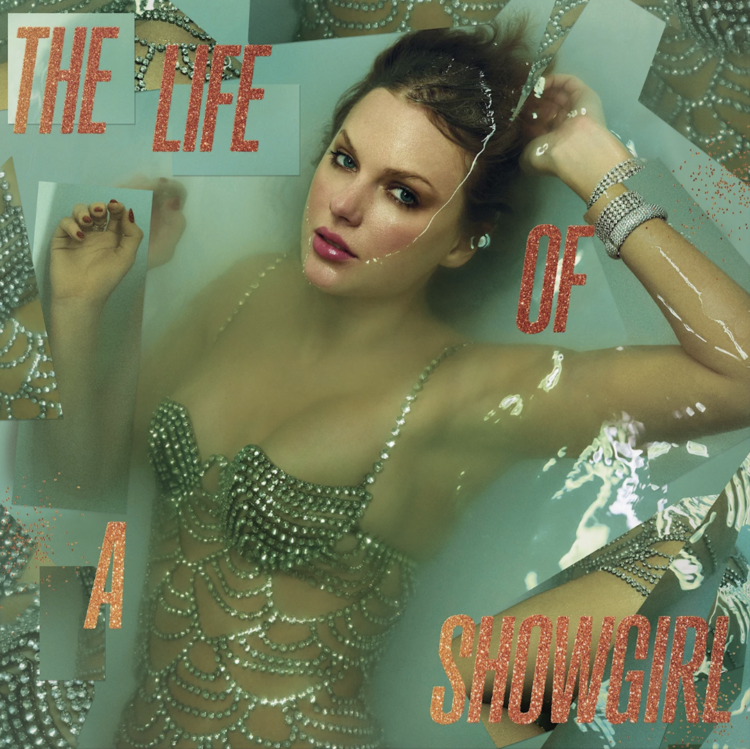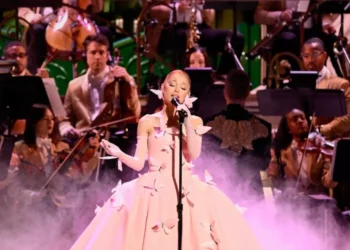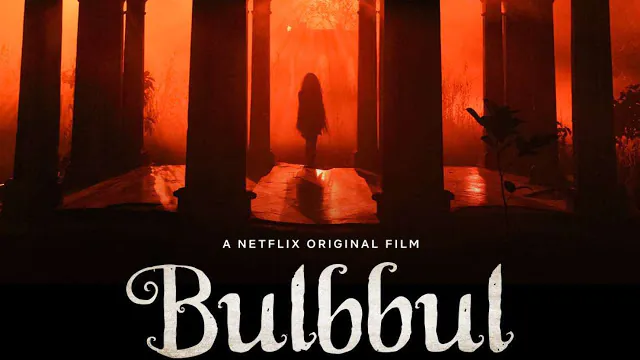Taylor Swift Steps Back Into the Spotlight
Fresh from wrapping up the historic Eras Tour, Taylor Swift wastes no time returning with her twelfth studio record, The Life of a Showgirl. The project attempts to capture her larger-than-life stage persona while experimenting with new directions. What results is an album brimming with bold concepts, surprising genre shifts, and glimpses of brilliance—yet one that doesn’t quite reach the lyrical sharpness of her best work.
A Dramatic Opening with “The Fate of Ophelia”
The record launches with The Fate of Ophelia, a brooding yet vibrant track built on piano chords, bass-heavy grooves, and organ flourishes. Sonically, it nods to early-2000s funk-pop revival, with echoes of artists like Adele and Duffy. Thematically, the track sets the stage for the album’s Shakespearean imagery, visualized in the cover art of Swift submerged in water. Using Ophelia’s tragic downfall as metaphor, Swift crafts a narrative of resilience and survival, filtered through her signature witty choruses and poetic introspection.
Nostalgia, Hollywood Glamour, and Radio-Friendly Pop
Much of the album spirals outward from that opener. Elizabeth Taylor blends orchestral drama with pounding snare-driven pop, reflecting on Hollywood’s legends and personal mythology. Meanwhile, Opalite sparkles with breezy acoustic loops, catchy basslines, and a feel-good hook tailor-made for summer playlists. It’s one of the collection’s brightest jewels—captivating and accessible in equal measure.
Experimenting with R&B and Social Commentary
One of the album’s riskier moves arrives with Honey, where Swift dips into an R&B-inspired soundscape. Unlike her seamless shift from country to pop, this pivot feels less natural, exposing vocal textures that don’t fully land in the genre. On the other hand, Father Figure—which interpolates George Michael’s ’80s classic—gives Swift room to reflect on industry power struggles and reclaim her autonomy as a songwriter. With pointed references to Scooter Braun’s acquisition of her masters, the track stands as one of the record’s more personal and poignant moments.
Diss Tracks, Country Roots, and Studio Grit
While Ruin the Friendship takes listeners back to her Nashville storytelling roots, Actually Romantic strikes as a simmering confrontation. Rumored to target fellow pop star Charli XCX, its guitar-driven angst packs bite, though the execution feels more surface-level than searing. More effective is Wood, with its Motown grooves and spirited vocal performance, though its lyrics veer dangerously close to cliché.
The Showgirl Finale Falls Short
Closing with the title track featuring Sabrina Carpenter, the album circles back to its central theme of performance spectacle. Yet, instead of tying everything together, it highlights the project’s scattered nature—like a performer switching costumes without a clear narrative arc. Some tracks feel like reimaginings of past eras, raising the question: is this a deliberate homage to her touring legacy or simply a lack of cohesion?
Verdict: Ambitious But Inconsistent
Swift herself teased on Travis Kelce’s podcast that The Life of a Showgirl sustains the lyrical depth of Folklore. That’s a tall claim—and ultimately one the record doesn’t meet. While it offers flashes of creativity, particularly in its theatrical production and thematic ambition, the project pales next to the intricately crafted The Tortured Poets Department.
In the end, The Life of a Showgirl is an album that dazzles in moments but never fully sticks the landing. Packed with showmanship, experimentation, and occasional brilliance, it’s an intriguing yet inconsistent entry in Taylor Swift’s ever-evolving discography.
https://snooper-scope.in/new-album-the-life-of-a-showgirl-from-taylor-swift/























